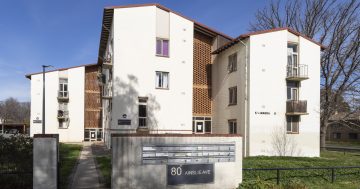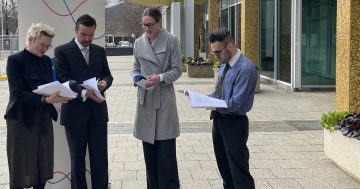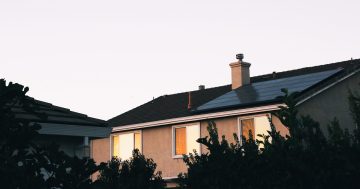
Left out in the cold: Let’s ensure all households are treated equally and not subjected to energy poverty.
Many of us who live in Canberra love its seasons, and at this time of year as we move around the suburbs, we are constantly reminded of the beauty of this city in Autumn. Of course, this comes with chillier weather, and as it gets colder, all of us brace for an increase in energy costs as zero temperatures mean that most of us have turned our heaters on.
There are few local households who have been able to ignore the increased cost of keeping warm – particularly given we have seen such sharp rises in utility costs in recent years. This year’s Cost of Living Report, released by ACT Council of Social Service last week, highlighted the increasing costs of utilities as one of the key issues facing the lowest income households, a group that is being disproportionally impacted by this past year’s increases. This includes rises in the cost of gas and other household fuels of 17.8%, well above the national rise of 7.8% and a rise in electricity prices of 10.6%, below the national increase of 12.4%, but still significant. When you are trying to get by on a low-income in a city where average incomes are high and costs such as housing, transport and essential services are high, the reality of energy poverty is real for many lower-income households in the ACT.
The ACT Government is working hard to reduce carbon emissions – an activity that is essential if we are to do our part for the environment and future generations. In undertaking this work, it is vital that we recognise the emergence of energy poverty and ensure that our move towards a carbon-neutral future is one where transition costs are not unfairly borne by those least able to afford it. We need to make sure that this transition does not inadvertently create a divide between the energy ‘haves and have-nots’. As noted by the head of the Australian Energy Market Operator, Audrey Zibelman recently, there is the potential for this to occur as those households who could afford the upfront investment in rooftop solar and battery technologies move off the network, leaving lower-income households stranded on utility networks that require ongoing investment in maintenance and new infrastructure that is borne by a shrinking customer base.
We need to ensure we are intentional in supporting all households to transition to forms of energy that are affordable – for individual households and the future environment.
There are some initiatives that have been introduced to begin to address this issue. This includes programs such as the ACTsmart’s Low Income Outreach Energy Efficiency Program , the Solar for Low Income Household Program and some investment into efficiency upgrades in ACT public housing. There are calls to do more, however, with groups such as the Better Renting Action Group reviving calls to introduce mandatory minimum energy ratings for private rental properties, and the Ginninderry development rolling out gas free suburbs due to the rising costs of this energy source.
Given the task we have ahead of us, however, a key question is: Are we going far enough to address this issue and ensure that we meet the future in an equitable and planned way that does not see growing parts of our community marginalised and unable to afford essential services such as warmth in winter? An important next step may be to actually identify and measure the extent of energy poverty we are seeing in the local community. This is an approach we currently use for other essential services such as housing, with measures to assess housing stress. This could be an important source of data to assess the significance of the issue and possible solutions. As we know – we pay attention to the things we measure. While it may sound challenging to do, this is an approach that other countries have been adopting for some time – For example, the United Kingdom has already done work in this area and produces annual statistics on ‘fuel poverty’ to drive policy and respond to this issue. This has seen increased political will and investment in energy efficiency programs.
I think we need to do more to ensure everyone is supported to reduce energy use and increase energy efficiency. I think that the idea of identifying a measure of energy poverty is one way to help us address this issue. What do you think?





















